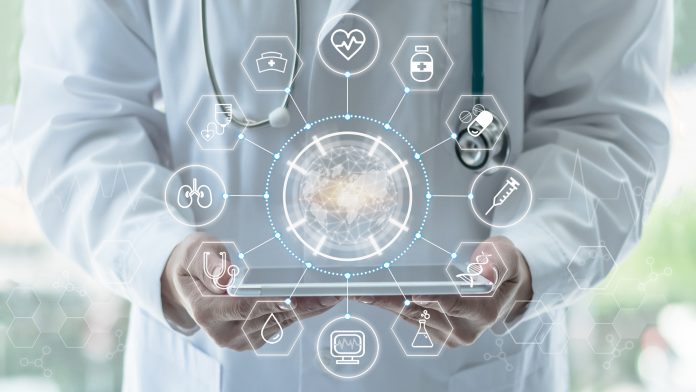
Recruiting patient cohorts for clinical trials has long been a time-consuming and expensive undertaking and, today, many clinical trials remain under-enrolled. Now, researchers at Medical University of South Carolina (MUSC) have examined whether leveraging electronic health record (EHR) data using a research tool like i2b2 can improve clinical trial enrollment.
The new research, published in the Journal of the American Medical Informatics Association, led by Alexander Alekseyenko, PhD, and Bashir Hamidi of the MUSC Biomedical Informatics Center delivered mixed results, with better results found for some “e-phenotypes” such as infection, neonatal conditions, and cancer, and worse for other including psychiatric conditions, gastrointestinal diseases, and pulmonary disease.
The study was funded by South Carolina Clinical & Translational Research (SCTR) Institute and it asked 21 clinical trial leaders from a variety of specialties to work with an informaticist and honest broker to define the phenotype for a clinical trial, then develop a search query looking for appropriate patients.
The research team likened it to a library user (the clinician) turning to a librarian for help finding information via the e-phenotype (a set of EHR criteria that identify patients as eligible) by working with informatics and data architects to know how to build the search queries, long with so-called honest brokers (people who know what information is available in a given institution’s EHR, and most importantly, where to find it.
“It’s just like using available statistical programs. I can plug numbers into them and just keep hitting buttons, and it’ll give me a result, but it may not mean anything,” said Patrick Flume, MD, co-director of SCTR and a co-author of the study. “If you really want to make sure you get meaningful results, you need to work with people who know how to use the tool properly.”
This structure could help get at one of the problems of some clinical researchers who have begun to use i2b2, namely that they create queries that are too simple and may not be precise enough to properly identify the right patients for a study. Using HER data requires some finesse as clinicians approach coding for their patients differently. So a patient a simple diagnostic code may not be enough to identify a patient of interest, or a clinician may code based on patient symptoms without validating that assessment via a diagnostic test.
“Clinicians might actually see patients slightly differently and sometimes code them differently,” said Kit Simpson, DrPH, Distinguished University Professor in the Department of Health Care Leadership and Management at MUSC and a co-author of the study. “As a result, researchers might miss a large number of people who would have been eligible for the trial.”
Alekseyenko offered this example of the challenge: “Suppose we have a child who has frequent breathing problems. You come to the doctor, and he or she says, ‘This child has a reactive airway disease’ and enters it as a diagnosis based purely on symptoms and not any tests.”
The result is, for a researcher looking for patients with reactive airway disease, that child would come up in the search, even though the diagnosis has not been verified by a test.
A significant finding of the study was that the investigators found better matching results for patients who had received inpatient care, as opposed to those whose data came from an outpatient visits. They attributed this to the more data being collected and entered in the EHR during hospitalizations.
The study has demonstrated that it is possible to use e-phenotypes to recruit for clinical trials who match specific clinical criteria, but that more work is required to refine those phenotypes to deliver even more accurate results.
“Study coordinators may be given lists of patients right now that they have to manually sort through and read their charts one at a time to see if they’re eligible,” said Hamidi. “But if we are able to create these precise, accurate phenotypes, the entire process could be much more efficient because they could be sure that a particular patient falls into the group that they’re interested in.”












